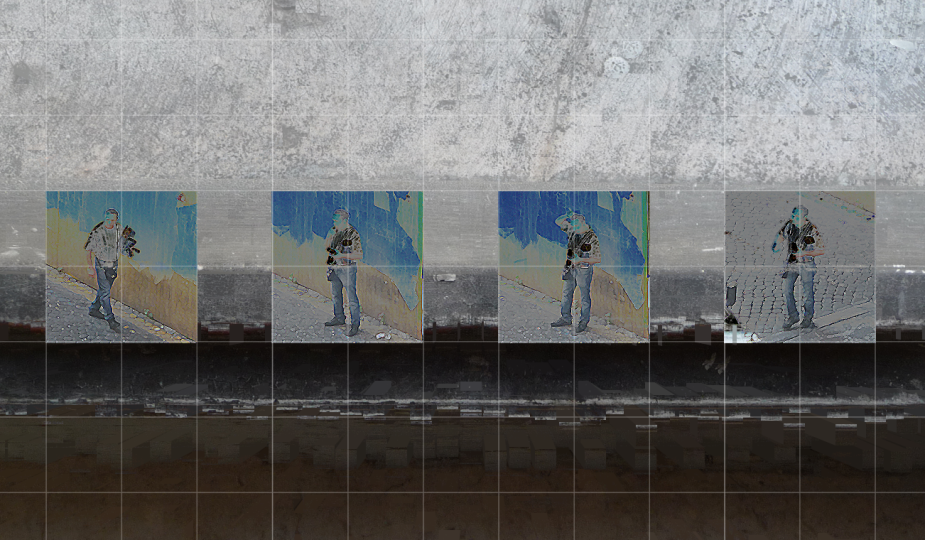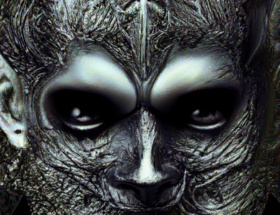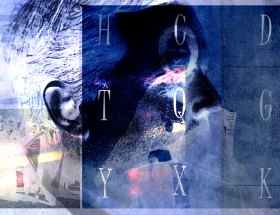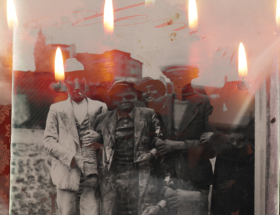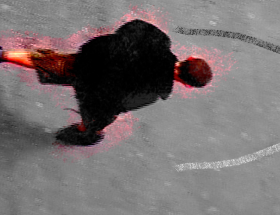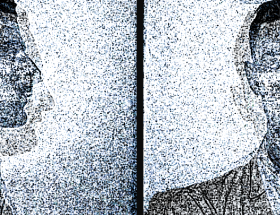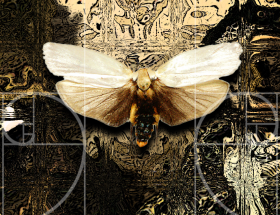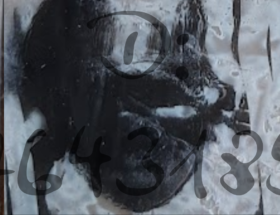Considering the feelings produced by the sense of erosion of an experience that carries with it that intense network of misunderstandings, perceptions derived from a metaphysical centrality already present in power, it is possible to derive a balance of the experimental fields involved in the conservative prototype.
The potential nomadic characters expressed in most acquired memories, in the conservative prototype, do not describe linear behavior. Short- and medium-term mnemonic projections coexist in the set of choices, without these attempting to establish themselves as resident and therefore native.
In a description of what we call the “effects” of the conservative prototype, we summarize the three main features: reminiscent vision, ototopic context, and temporal hyperline.

In attempting to clarify the meaning of this term under consideration, one must consider the provenance of the first two of these features, both of which come from the particular reading that the latent, sedimented, but often inaccessible meaning holds.
Together, the recollective vision and the ototopic context delineate the synaesthetic projection that is fixed and clarified in the conservative prototype, arranging itself across the temporal hyperline.
The number of memories will be proportional to the length of the pathway while it will be inversely proportional to the accumulation capacity of acquired memories. It is therefore on this path structured by a system of overlapping lines that the structure is defined as a “hyperline.”

The conservative prototype acts as a kind of condensing link in the phantasmatic flow of mnemonic projections, a link that provides the proper orientation toward the central aspect of the conservative prototype, the need to fix an origin, to explicate it in matrices that preserve classes of memory. This model puts in place a comparison of identity systems, particularly with regard to the production of the subjectivity of acquired memory, or even the finite/infinite relationship. The finding of a temporal hyperline between the finite and the infinite, particularly with its real/virtual couplet – in the face of this propensity – remains crucial. The conservative prototype in its expression relates to the systems in question; the introduction of a generative model highlights what is at work in this confrontation: a certain recollective orientation toward what is beyond the world versus an attitude of acquired memories is an experimental orientation that is firmly in the world.


